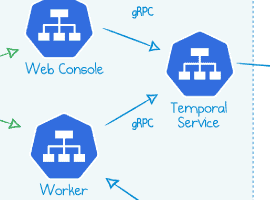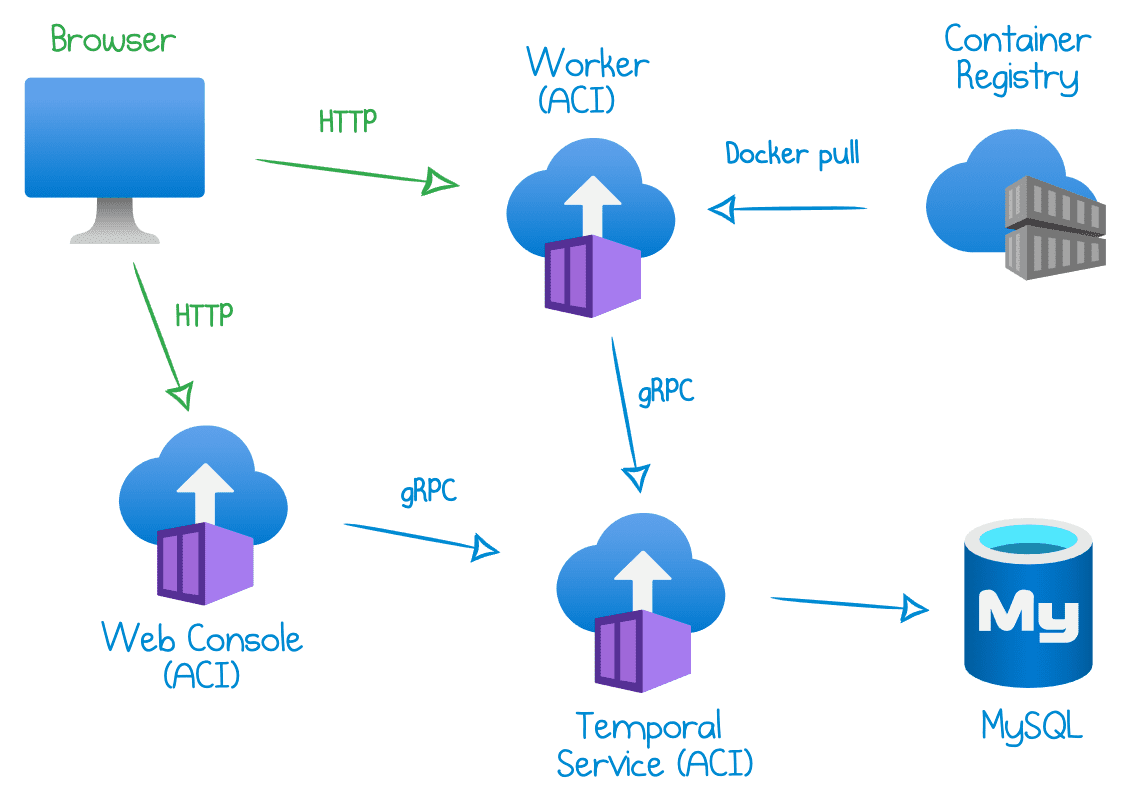
Azure VNet Peering VS VNet Gateways
Blog PostsA virtual network is nothing but, like On-premises network which we use switches and routers to communicate with servers and clients as same as Azure VNet is also used for communicating with azure resources. (Virtual Machine, Databases, etc.) Before we start you have to know more about the vNet and the Subnet and how it… READ MORE









